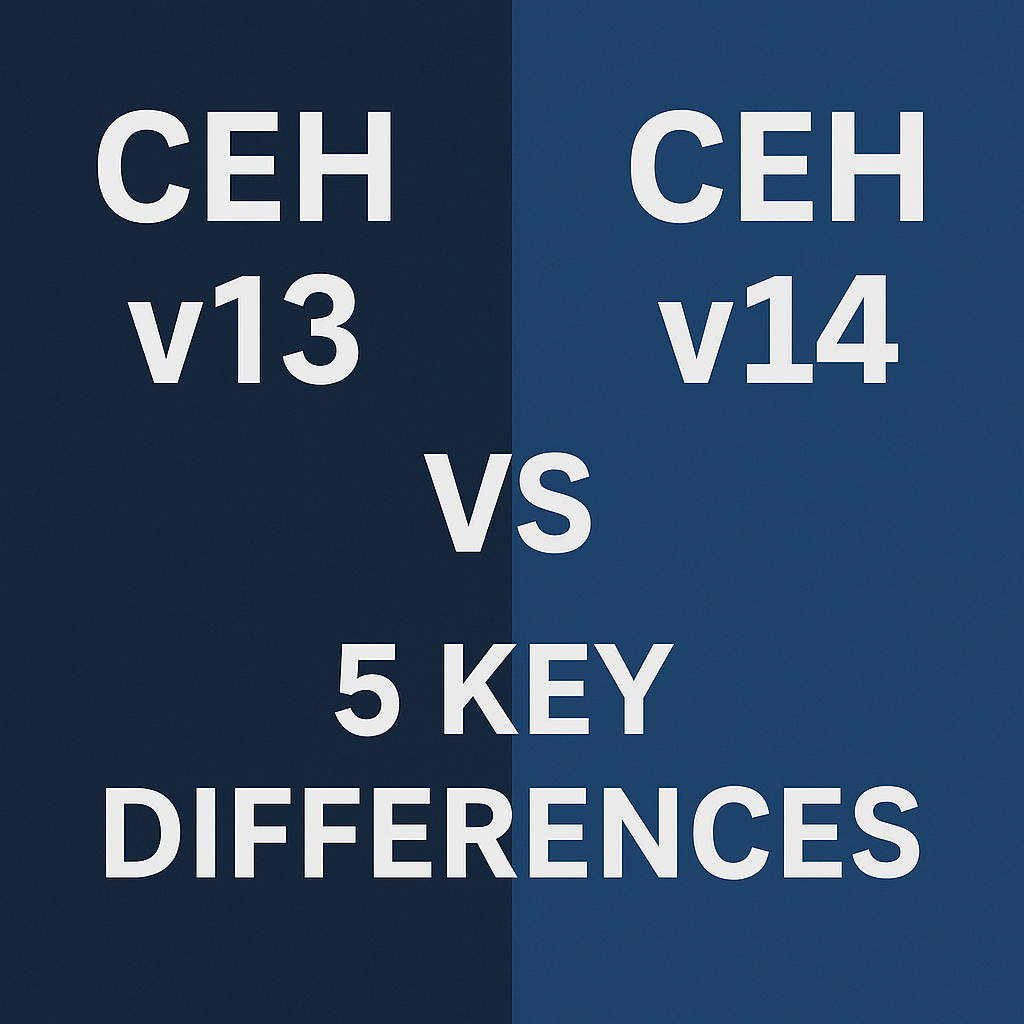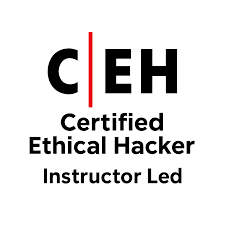Palo Alto Training – Learn Palo Alto Firewalls in 2025

The Certified Ethical Hacker (CEH) certification has long been a cornerstone in the world of ethical hacking, providing professionals with the skills necessary to identify vulnerabilities and defend against cyberattacks. As cybersecurity continues to evolve, so too does the CEH certification. With the release of CEH v13 and the upcoming CEH v14, it’s essential to […]

The Certified Ethical Hacker (CEH) certification has long been a cornerstone in the world of ethical hacking, providing professionals with the skills necessary to identify vulnerabilities and defend against cyberattacks. As cybersecurity continues to evolve, so too does the CEH certification. With the release of CEH v13 and the upcoming CEH v14, it’s essential to understand the differences, improvements, and new topics that these versions bring to the table.
In this article, we’ll compare CEH v13 with CEH v14, highlighting the major changes and improvements to help you decide which version will better equip you for the challenges ahead in the world of ethical hacking.
The choice between CEH v13 and CEH v14 depends on your career goals and the skills you need to excel in cybersecurity.
Both versions provide valuable insights and skills, but CEH v14 is more future-oriented, incorporating the latest advancements in cybersecurity. If you’re aiming to stay ahead in the evolving field of ethical hacking, CEH v14 is the way to go.
Whether you’re planning to take CEH v13 or are preparing for CEH v14, the right training is essential. SecureValley offers expert-led training that covers both versions, ensuring you’re well-equipped for the next phase in your cybersecurity career. Get started today!
Get certified with industry-leading cybersecurity certifications from EC-Council, PECB, Palo Alto Networks, and more.

Learn from world-class instructors Collaborate with top professionals Advanced training...

The CEH is the world's leading cybersecurity certification, recognized by...

Onsite training course Led by an instructor Interactive sessions

Asynchronous, self-study environment Video-streaming format Flexible learning schedule
Adding {{itemName}} to cart
Added {{itemName}} to cart

